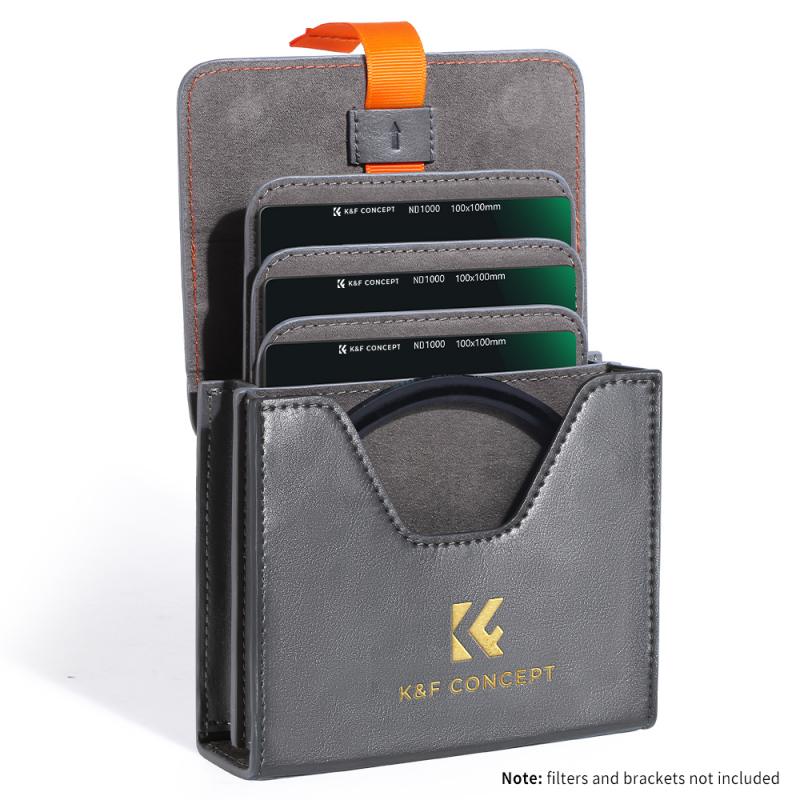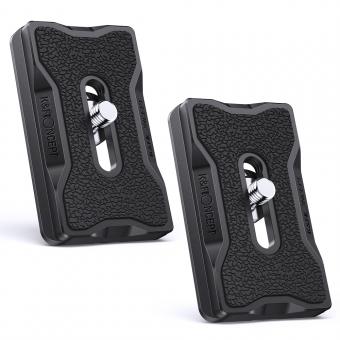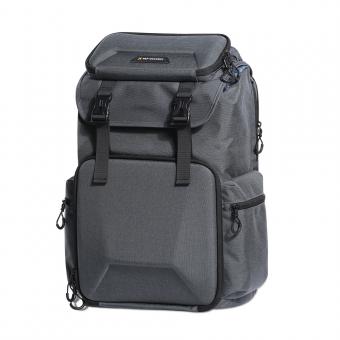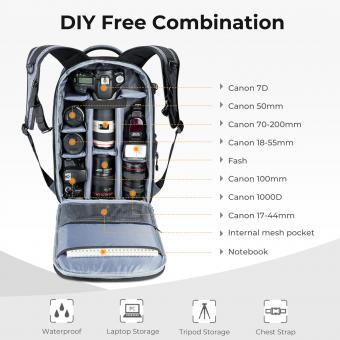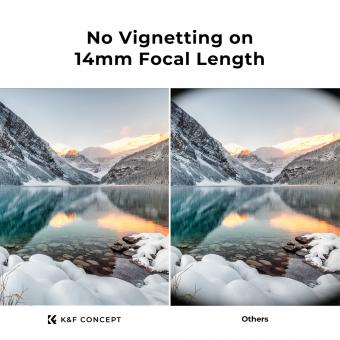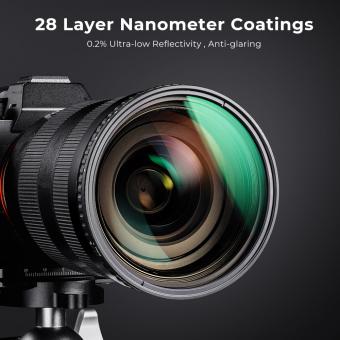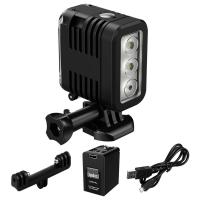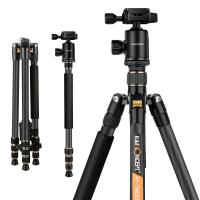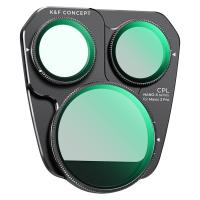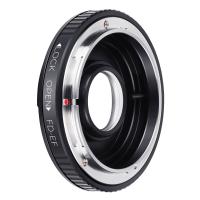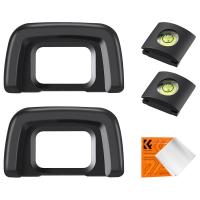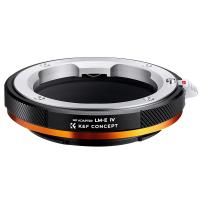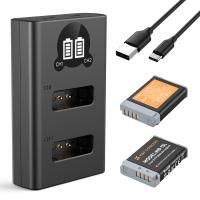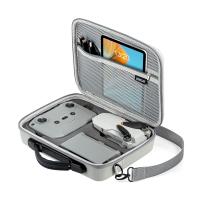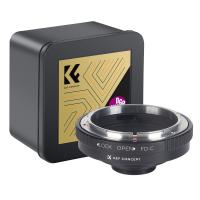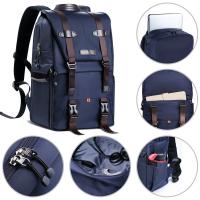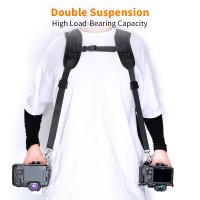How To Carry Filters For Lens ?
There are several ways to carry filters for a camera lens. One common method is to use a filter pouch or wallet, which is a compact and protective case designed specifically for filters. These pouches usually have individual slots or compartments to hold each filter securely. Another option is to use a filter holder system, which allows you to attach multiple filters to a holder that is then mounted onto the lens. This system is particularly useful when using graduated or square filters. Additionally, some camera bags or backpacks have dedicated pockets or compartments for filters, providing a convenient and organized way to carry them. It is important to handle filters with care to avoid scratches or damage, so always make sure to store them in a safe and protected manner.
1、 Lens filter types and their specific uses
How to carry filters for lens:
Carrying lens filters is essential for photographers who want to enhance their images and achieve specific effects. Here are some tips on how to carry filters for your lens:
1. Filter Pouch: Invest in a good quality filter pouch that can hold multiple filters securely. Look for a pouch with individual slots or compartments to keep your filters organized and protected from scratches or damage.
2. Filter Wallet: Another option is a filter wallet, which is a compact and portable solution for carrying filters. These wallets usually have separate sleeves or pockets for each filter, allowing easy access and protection.
3. Filter Case: Some filters come with their own protective cases. If you have filters with individual cases, you can carry them in a camera bag or backpack designed to accommodate such accessories.
4. Filter Holder System: If you use square or rectangular filters, consider investing in a filter holder system. These systems allow you to attach multiple filters simultaneously and provide a convenient way to carry and switch between filters.
5. Lens Filter Thread Adapter: To carry multiple screw-on filters, you can use a lens filter thread adapter. This adapter allows you to stack filters on top of each other, reducing the need for individual filter cases.
Lens filter types and their specific uses:
Lens filters come in various types, each serving a specific purpose to enhance your photography. Here are some common lens filter types and their specific uses:
1. UV Filters: UV filters primarily serve as a protective layer for your lens, reducing haze and protecting it from scratches, dust, and moisture. They also help improve image clarity and reduce the bluish cast in outdoor shots.
2. Circular Polarizing Filters: Circular polarizers are used to reduce glare and reflections from non-metallic surfaces such as water or glass. They also enhance color saturation and contrast, making skies appear bluer and clouds more defined.
3. Neutral Density Filters: Neutral density (ND) filters reduce the amount of light entering the lens without affecting color balance. They are useful in situations where you want to use slower shutter speeds or wider apertures, such as capturing motion blur in waterfalls or achieving a shallow depth of field in bright conditions.
4. Graduated Neutral Density Filters: Graduated ND filters have a gradient that transitions from dark to clear. They are used to balance exposure in scenes with a significant difference in brightness between the sky and the foreground, such as landscapes. By darkening the sky, these filters help retain detail in both the highlights and shadows.
5. Color Filters: Color filters are used to add or modify colors in a scene. They can be used creatively to enhance specific tones or create a particular mood in your images.
It's important to note that with advancements in digital post-processing, some photographers argue that certain filter effects can be replicated or adjusted in software. However, using physical filters can still provide a more accurate and immediate result, saving time and effort in post-processing. Ultimately, the choice of using filters depends on personal preference and the desired outcome.
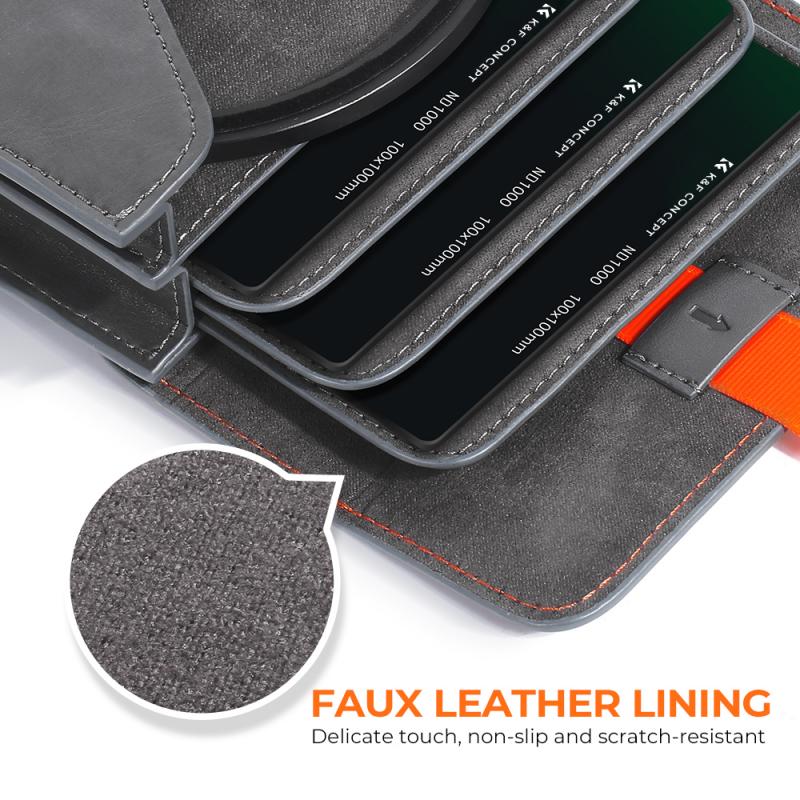
2、 Choosing the right filter size for your lens
How to carry filters for lens:
Carrying filters for your lens is essential for any photographer looking to enhance their images and achieve creative effects. Here are some tips on how to carry filters for your lens:
1. Filter Pouch: Invest in a good quality filter pouch that can hold multiple filters. Look for one that has individual slots or compartments to keep your filters organized and protected from scratches or damage.
2. Filter Wallet: Another option is a filter wallet, which is a compact and portable solution for carrying filters. These wallets usually have separate sleeves or pockets for each filter, allowing easy access and protection.
3. Lens Case: If you have a lens case with extra space, you can store your filters in it. Just make sure to wrap each filter in a microfiber cloth or a protective sleeve to prevent any potential damage.
4. Filter Holder System: Some photographers prefer using a filter holder system, which allows for quick and easy filter changes. These systems typically come with a holder that attaches to the lens, and you can slide in different filters as needed. The advantage of this system is that you don't need to carry individual filters separately.
Choosing the right filter size for your lens:
When it comes to choosing the right filter size for your lens, there are a few factors to consider:
1. Lens Diameter: The filter size you need is determined by the lens diameter. Look for the symbol "Ø" followed by a number on your lens, which indicates the filter thread size. Make sure to get filters that match this size.
2. Multiple Lenses: If you have multiple lenses with different filter sizes, you can either buy filters for each lens or invest in a step-up or step-down ring. Step-up rings allow you to use larger filters on smaller diameter lenses, while step-down rings enable the use of smaller filters on larger diameter lenses.
3. Future-Proofing: Consider investing in filters that fit your largest lens diameter if you plan to upgrade your gear in the future. You can then use step-down rings to adapt these filters to smaller lenses.
4. Quality: Lastly, choose filters from reputable brands known for their optical quality. Cheap filters can degrade image quality and introduce unwanted artifacts.
In conclusion, carrying filters for your lens is crucial for any photographer, and investing in a good quality filter pouch, wallet, or using a filter holder system can help keep your filters organized and protected. When choosing the right filter size, consider your lens diameter, multiple lenses, future-proofing, and the quality of the filters.
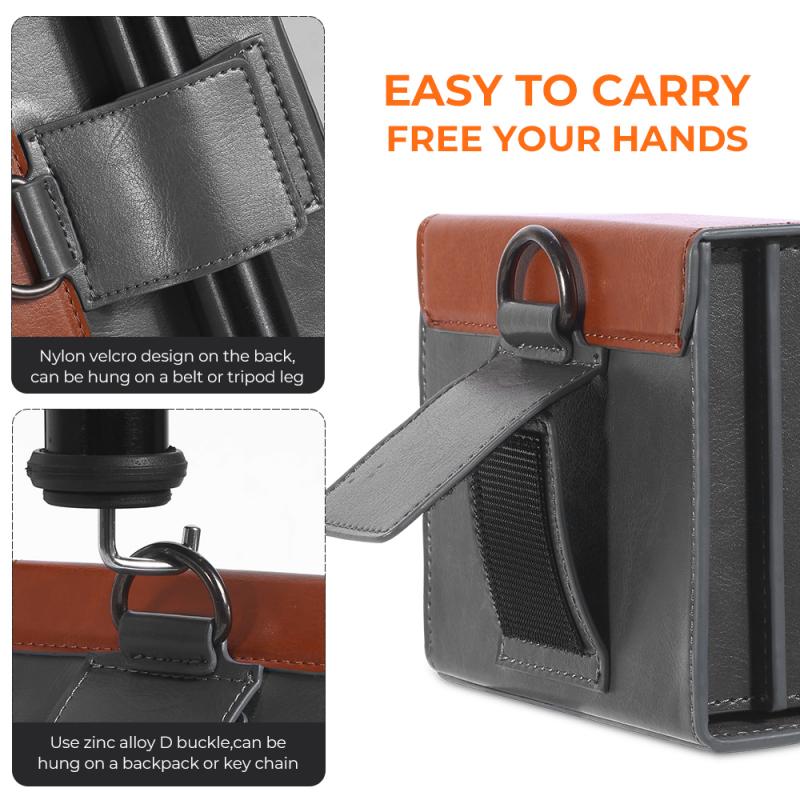
3、 Properly attaching and securing lens filters
Properly attaching and securing lens filters is essential to ensure optimal image quality and protect your valuable camera equipment. Here's a step-by-step guide on how to carry filters for your lens:
1. Choose the right filter size: Determine the filter size that matches your lens diameter. This information can usually be found on the front of your lens or in the lens specifications.
2. Invest in a filter holder system: Consider using a filter holder system, which allows you to attach multiple filters simultaneously. These systems typically consist of a filter holder that attaches to the lens and adapter rings that fit different lens diameters.
3. Screw-on filters: If you prefer using screw-on filters, simply screw the filter onto the front of your lens. Make sure to align the threads properly and avoid overtightening, as this can cause damage to the lens or filter.
4. Filter pouch or case: To carry your filters safely, invest in a filter pouch or case. These are designed to protect your filters from scratches, dust, and accidental drops. Look for a pouch or case with individual compartments to keep your filters organized and easily accessible.
5. Lens cap compatibility: Some filter holders or screw-on filters may interfere with the lens cap. Ensure that your lens cap can still be securely attached with the filters in place. If not, consider using a lens cap that fits over the filters or a lens hood to provide additional protection.
6. Cleaning and maintenance: Regularly clean your filters using a microfiber cloth or lens cleaning solution to remove smudges, fingerprints, or dust. Proper maintenance will help maintain the filter's optical quality and prolong its lifespan.
It's worth noting that the latest trend in filter systems is the use of magnetic filter holders. These systems utilize magnets to securely attach filters to the lens, providing a quick and easy way to swap filters without the need for screwing or attaching filter holders. Magnetic filter systems offer convenience and speed, making them popular among photographers.
Remember, always handle your filters with care and store them properly to ensure their longevity and effectiveness in enhancing your photography.
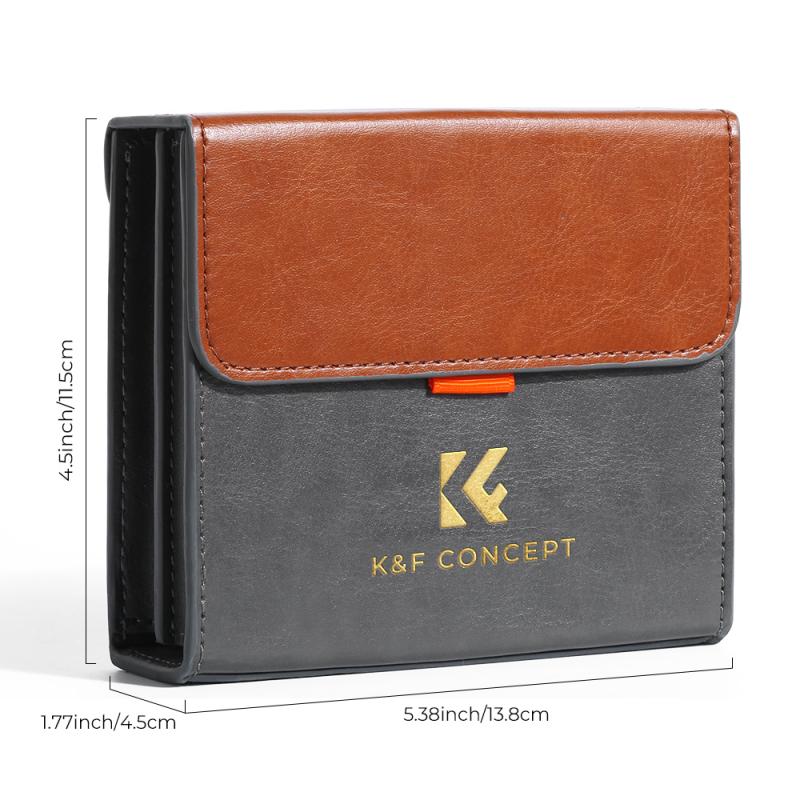
4、 Cleaning and maintaining lens filters
Carrying filters for lenses is an essential part of a photographer's kit. Properly storing and transporting filters ensures their protection and longevity. Here's a guide on how to carry filters for lenses:
1. Filter Pouch: Invest in a high-quality filter pouch that provides individual compartments for each filter. This will prevent scratches and accidental damage. Look for a pouch with a soft lining and a secure closure system.
2. Filter Wallet: Alternatively, you can use a filter wallet that allows you to stack filters on top of each other. Make sure the wallet is made of a durable material and has a protective cover to shield the filters from dust and moisture.
3. Lens Filter Case: Some filters come with their own protective cases. These cases are designed to fit the specific filter size and provide excellent protection during transportation. Always use the original case if available.
4. Lens Filter Holder: If you frequently use multiple filters during a shoot, consider investing in a filter holder system. These systems allow you to attach and stack filters directly onto your lens. They usually come with a carrying case to keep the filters organized and protected.
Cleaning and maintaining lens filters is equally important to ensure optimal image quality. Here are some tips:
1. Use a Lens Cleaning Solution: Invest in a high-quality lens cleaning solution and a microfiber cloth. Apply a small amount of the solution to the cloth and gently wipe the filter surface in a circular motion. Avoid using excessive force to prevent scratches.
2. Remove Dust and Debris: Before cleaning, use a blower or a soft brush to remove any loose dust or debris from the filter surface. This will prevent scratching the filter during the cleaning process.
3. Store Filters Properly: When not in use, store filters in a clean and dry environment. Keep them in their protective cases or pouches to prevent dust, moisture, and accidental damage.
4. Regular Maintenance: Clean your filters regularly, especially after shooting in challenging conditions like dusty or humid environments. This will help maintain their optical quality and extend their lifespan.
In conclusion, carrying filters for lenses requires proper storage and protection to prevent damage. Additionally, regular cleaning and maintenance of filters are crucial for optimal image quality. By following these guidelines, photographers can ensure their filters are well-preserved and ready for use whenever needed.
